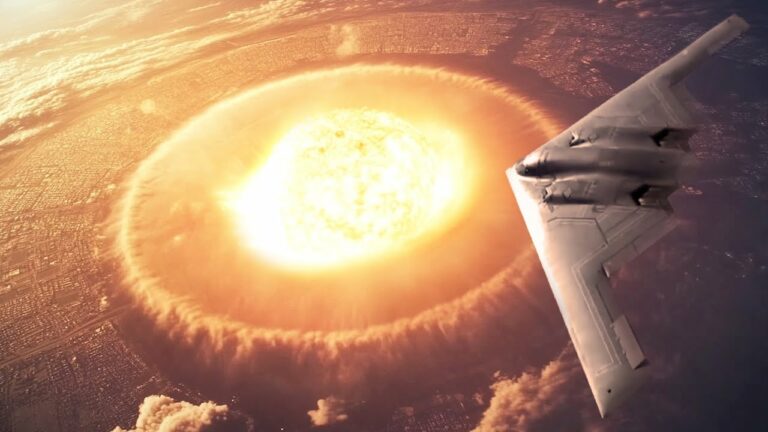How Would The United States Fight A Nuclear War?
This question takes us back to the question of why a nuclear war might begin. What might force a person to go to the extent of using such dangerous equipment?
The nuclear security is built on a concept known as the Nuclear Triad, which is a strategic weapon complex. This means there are three ways to launch nuclear weapons: The countries of the group have been armed with land-based missiles, submarines, and even strategic bombers. This arrangement guarantees the U.S. revenge, provided that one or two of the methods are watering down.
First, there are 400 intercontinental ballistic missile Minuteman III in the field of primitive states such as Montana and North Dakota. These missiles can be fired on a few minutes’ notice, and their maximum effective firing distance is more that 13,300 kilometers. Curiously, the same farm has 50 clay silos that are empty, but designed to give the enemy a confusing array of targets.
Second, there are 14 Ohio class submarines for Trident II missile in the United States of America. These are stealth and can dive as deep as stay under water for up to 90 days. They hold up to 20 of such missiles with the required accuracy that it can hit a 100 meter area from several thousand kilometers away.
Third, there is the long-range bombers that include B-2 Spirit and B-52 Stratofortress that forms nuclear bombs that are stored in various depots.
In the event of a flashpoint, if a pariah ordered a nuclear attack on America, early warning systems would pick it. Unlike older satellites that require time to gather images of the launch, modern satellites like the Space-Based Infrared System (SBIRS) can tell when a missile has been fired because of the heat the engines emit. An additional layer of ground based radar systems prevents the threat in order to reduce false alarms.
The President would only have roughly 10 to 15 minutes to arrive at a response to the event. The decision is then conveyed through secure means using the “football,” which is a briefcase that contains the contemplated strikes and the authorizing codes. If the President cannot act, then the actions are escalated up to the Vice President or another set person.
SOME HISTORICAL PLANS AND SCENARIOS THAT ILLUSTRATE THE CONCEPTS INCLUDES: Cold war plans such as the Single Integrated Operational Plan meant to illustrate the likely impact of nuclear war. Namely, full-scale nuclear wars when analyzed in wartime simulations tell of millions of human losses in a few hours and other terminal consequences such as nuclear winter.
Do not forget to share your opinion with us to provide you with the best posts !




0 Comments